ORIGINALLY PUBLISHED on WWW.BIOLOGOS.ORG
The massive social disruption caused by the COVID-19 pandemic has pushed many of us, especially teachers and learners, into more time with our devices. Some stress is already evident. Colleagues are lamenting the grind of endless online meetings, parents are scrambling for films to view, and families are competing for bandwidth. Teachers are figuring out, many for the first time, how to teach online. Even as we focus on getting through the week, important questions arise about how digital learning might interact with our beliefs and values.
Writing about faith and technology is often driven by anecdotes. In this piece I draw from a large research project on technology in Christian schools. The project was carried out by the Kuyers Institute for Christian Teaching and Learning at Calvin University. We studied schools that had invested in learning with laptops and tablets. We observed randomly selected classes and studied individual teachers. We conducted dozens of focus groups and several surveys and examined more than 28,000 school documents. The outcome is a very rich picture of what is changing and how the changes connect to Christian faith. I can only touch on the findings here. The broader results appear in a new book, Digital Life Together: The Challenge of Technology for Christian Schools.
What is technology?
It is worth first stepping back for a few moments and reflecting on what we think technology is. Our unconscious picture of what technology is can shape the questions we ask about it and how we respond to it.
It is worth noting that “technology” does not just mean recent devices. Technology is the application of knowledge and effort to create tools, means, and processes that help us achieve a specific end. The smart phone in your pocket is an example of technology, but so are the factories that made it and the techniques that went into its design. The complex systems that brought the phone to a store near you and let you know about it are both types of technology. So are the ballpoint pen that nestles by it in your pocket, and the spoon stirring your coffee as you check email. We are all immersed in technologies. The interesting questions are not about whether we are for or against technology. They are about which technologies we are trusting to do what and how our technologies are shaping our choices.
Tools, Environments, and Practices
There are several ways to think about our relationship to technology. One intuitive mental picture sees technology as a tool, a means to an end, something we use to get stuff done. This is the picture we likely have at the back of our minds when we pick up a hammer to pound a nail. When we connect this image to faith, we are likely to ask questions about whether technology is helping us to reach our goals—does an app with reminders help us read Scripture, for instance?
It would make life simple to stop there. The trouble is, our tools have a habit of shaping us as we use them. We adopt smartphones and find that we have reconfigured not only the ease of talking to others at a distance, but our levels of distraction, our parenting, our sleep habits, our awareness of the people around us, our posture, and our stress levels. We shape technology and we are in turn shaped by it in often unexpected ways. Technology is not just a tool in our hands. It also becomes a medium or environment—part of our life world that shapes us into new habits, needs, desires, and vices.
Exploring how technology shapes us can quickly feel pessimistic, positioning us as hapless victims of inexorable forces of change. Yet scholars studying technology also note that the same technologies get taken up in different ways by different communities. One family has a television in every bedroom, another limits access to a set amount of time each day and views together, a third opts against television and seeks other entertainments. Technology is more than an inert tool, but less than a prison. It involves practices, and the technological practices that we build together make a difference to what technology means and how it affects us.
Setting thoughtful limits to what we ask of others is part of living in Christian community. David Smith
Technology, Learning, and Faith
Armed with a more nuanced picture technology, we can ask questions that push further than “does this help get the job done?” I’d like to illustrate this by touching on some examples from our research.
In focus groups with parents, we heard concern about increased risk of exposure to harmful material, especially pornography. As one parent put it, “This is a perfect time in 5th grade to talk about bad things on the internet because they talk about health now and we start talking about sex. So this would be a good layer, in 5th grade, to address internet pornography, internet bad things.” This concern to screen out “internet bad things” is part of what rightly drives schools’ investment in filtering and monitoring systems. As an overall way of thinking about the internet and learning, however, this approach has limitations. One administrator commented,
“I was always surprised—every time we’d get a complaint about porn or that kind of stuff, I was always shocked that … I don’t think I one time fielded a complaint about materialism. And if the laptop truly degrades the Christian walk, I think materialism is a far greater danger to the vast majority of the Christian school crowd. And I caught—I don’t know how to say this right—we literally, in my time there, what, one time caught a kid with porn at school? The porn incidences almost always happen at off-site, off-campus. But catching kids shopping during class, all the time. Right? All the time.”
Classroom observations confirmed this. It was not difficult to observe students surfing online stores during class. Students who spoke about the temptations of pornography showed awareness of crossing a line, but this did not seem to be the case with shopping. One student described why it was great to have laptops in Bible class: “in some ways it’s good … because you can obviously type faster on your computer, and you can take notes faster, you can share them faster, and email faster… Also, in that class, because once you get your notes done, and [the teacher] is talking, you can go shopping or do whatever you want…” When students have learned to divide the internet into good and bad, online stores do not look like examples of the bad. However, there are questions here for Christian parents and teachers about how consumerism, learning, and spiritual formation connect. What kind of formation is happening when students are surfing consumer products during Bible class on the same device used for learning?
This student’s words also point to a second tendency that we saw in schools. Students stated that a big benefit of technology is that it helps you go faster and get more done. School tasks can then be completed more efficiently. Efficiency can be a great thing. Yet it also easily leads to focusing on getting the task done rather than on careful reflection, attentiveness, or deep learning. If you could read the Bible in ten minutes, should you? If you could get your notes down on a nature observation in 5 minutes, should you? What kinds of learners do we learn to become through the ways in which our devices engage us?
We saw some teachers working at creative and thoughtful ways of pushing back against these tendencies. One important move was to resist the assumption that devices are tied to individuals. When teachers asked students to collaborate around a single device, they reduced distraction. It became harder for an individual student, alone with their device, to drift off to the shoe store. Thinking intentionally about how activities were framed helped too. Students related how some teachers tended to just tell them which pages to read. Other teachers, however, talked with them about how they were supposed to read and how they were supposed to grow as a result. This reduced the emphasis on just getting tasks done and created a conversation about what learning is for and how it changes us. We also saw teachers introducing intentional practices around technologies. This included media fasts, silent time, restricting some tasks to paper, video dialogues with overseas students about community needs, mentoring and shared reading sessions across grade levels, and so on.
Yet teachers also faced the challenge of living well with technology themselves. Schools had made an effort to increase transparency and connection to parents through digital communication. This had the side effect of making it difficult to tell when teachers were not at work. They found themselves available at all hours to emails from students and parents. Wanting to serve their students well, teachers spoke of the growing stress of having no down time. This problem intensified where there was no clear community conversation about boundaries. Where explicit conversation about limits was missing, the pressure tended to increase over time. Individual teachers assumed that others were doing better, and labored to keep up. Setting thoughtful limits to what we ask of others is part of living in Christian community. It is an important issue for schools and their communities to address in the current rush to online learning.
These examples barely scratch the surface. What I have tried to illustrate is the importance of thinking of technology as more than a tool for getting things done. Already in the wake of the disruptions surrounding COVID-19 I am reading warnings that education may never be the same. Some argue that we have taken a great leap forward into online learning, and celebrate the new technological skills gained. No doubt some such gains are real. But such a rapid transition in our relationship to our devices is not just about our skill level. As things change at speed, the challenge of developing thoughtful and sustainable practices increases. The practices that we build around technology shape us. These practices should not be a matter of individual heroics. They should be a focus of shared deliberation in Christian communities. At stake is how we learn to live together. How we live together shapes the ways we learn.
ABOUT THE AUTHOR
David I. Smith is Professor of Education and director of the Kuyers Institute for Christian Teaching and Learning at Calvin University. He also serves as coordinator of the Global Faculty Development Institute and as Editor of the International Journal of Christianity and Education. David earned his B.A. at Oxford University, an M.Phil.F from the Institute for Christian Studies, Toronto, and a Ph.D. from the University of London. He writes and speaks widely on questions related to Christian education, and shares his work at www.onchristianteaching.com. His most recent book is Digital Life Together: The Challenge of Technology for Christian Schools.
CULTIVATING [ spaces ]
presented by Lexington Christian Academy
David Smith will be a panelists at CULTIVATING [ inquiry ] on May 17. This virtual webinar is for parents of teenagers and is completely free. Pre-registration is open!

